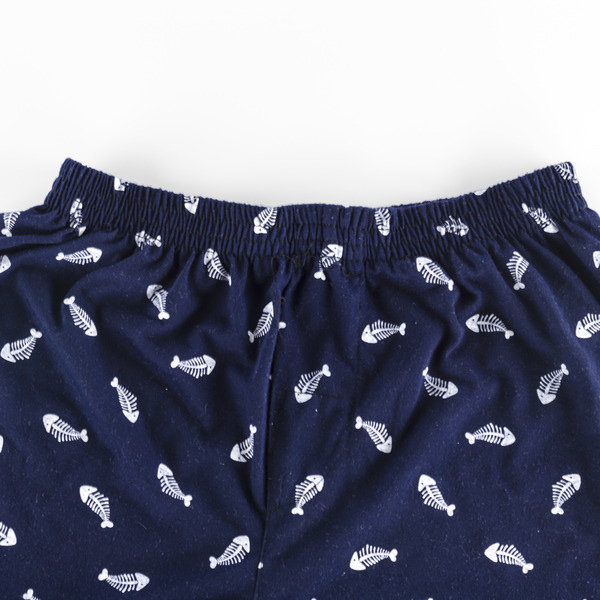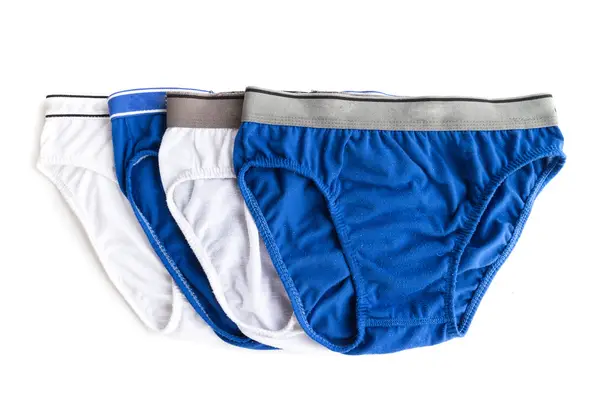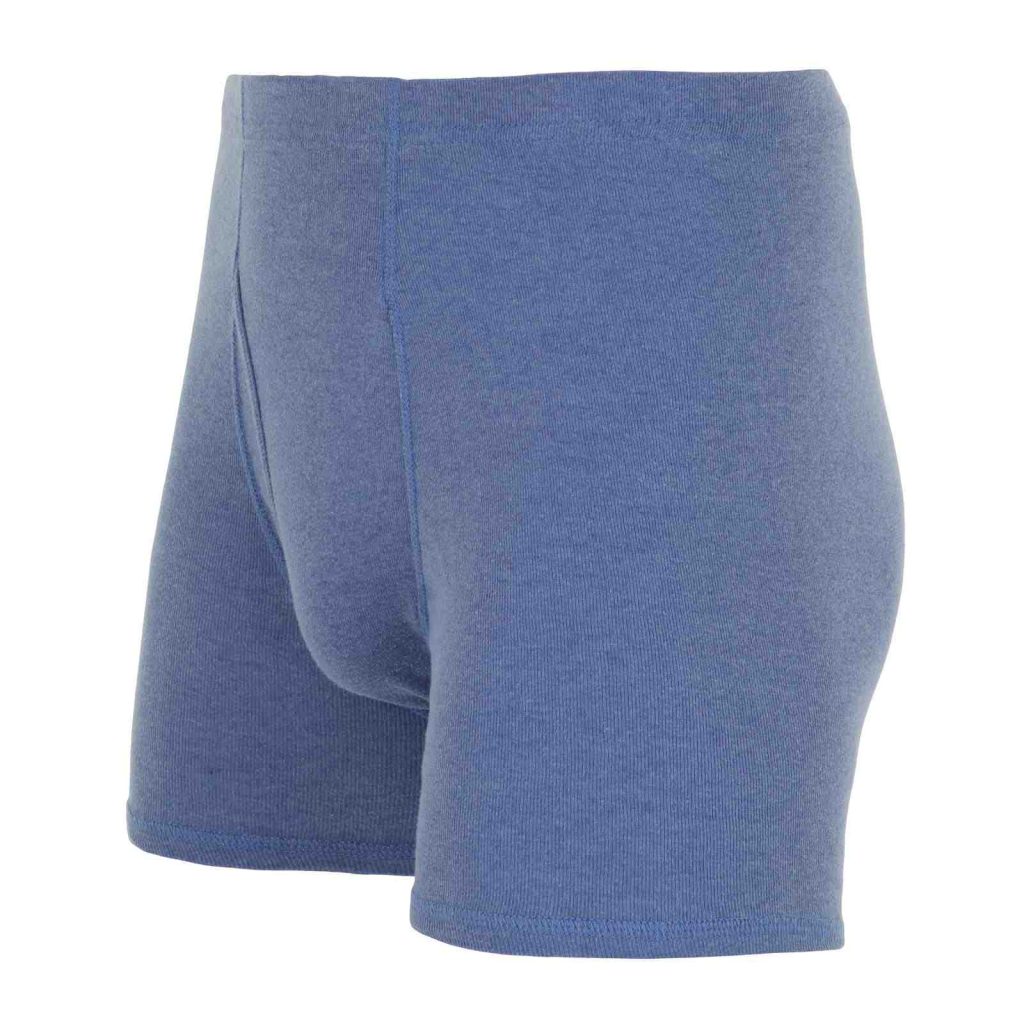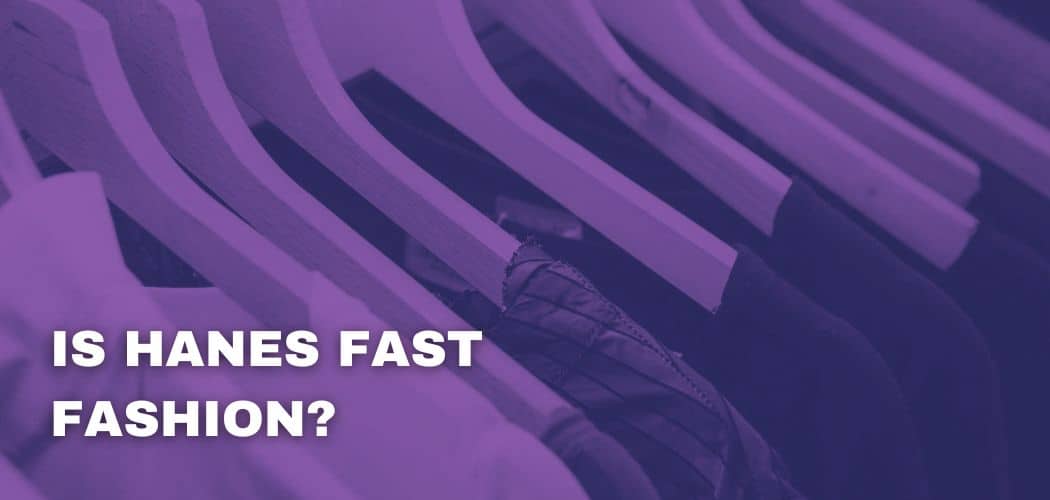Hanes is an American clothing brand. It is mostly famous for its socks and innerwear. Since its birth in 1900, the brand has focused on producing good quality clothes, hence the reason why it is so successful today.
The brand’s primary clothing material is cotton because it is comfortable for humans and good for the environment.
In 2021, Hanes articles were made with sixty-one percent sustainable cotton. In the future, the brand wishes to make the figure one hundred.
To reduce its carbon footprint, Hannes makes its Polyester from recycled plastic. In the last five years, the brand has used millions of pounds of recycled polyester in its clothes.
Hanes is also making use of clothes cutouts that always end in landfills. Many of its factories in Asia use those leftovers to fill pillows and blankets.
When manufacturing products, Hanes assesses all the chemicals to ensure they are not toxic. In case any chemical is harmful, it is replaced by a safer alternative.
Before discharging the wastewater, Hanes passes them through cleaning plants to ensure it is free from any toxic substances.
The brand is also a partner of The Sustainability Consortium, which ensures that the waste water is clean and safe for marine life.
All this shows that Hanes is not a fast-fashion brand.
IS HANES AN ETHICAL BRAND?
An ethical brand cares about the rights of its employees and comes up with policies that would benefit them.
In the early 2000s, Hanes came under fire several times for having sweatshops in China, Jordan, Indonesia, and the Philippines.
To rectify its mistakes, Hanes partnered with the Fair Labor Association in 2010.
The nonprofit organization checks Hane’s ethical practices and ensures that the brand and its supply chain offer fair wages to the workers.

The brand is deeply concerned about its wrongdoings in the past and wishes to rectify them.
The 2019 and 2020 Corporate Human Rights Benchmark Assessments reveal that Hanes is doing better than many other well-known labels. In 2019, the brand scored 60 points out of 100 and 13 out of 26 points in 2020.
This may not seem impressive but considering that average scores were much lower, Hanes deserves some appreciation.
In last year’s ethical fashion report of World Aid Australia, Hanes received an A grade. This means the brand has good policies for employees and empowers them.
All this shows Hanes has ethical policies, but we can not ignore the fact that in 2019, the brand got a lot of criticism for having a tremendous difference in the pay scale of Hane’s CEO and average employees.
IS HANES ETHICAL OR SUSTAINABLE?
Hanes is a member of the Fair Labour Association since 2010. Besides this, in 2021, the brand received an A grade in Baptist World Aid’s ethical fashion report. All these facts are enough to prove that Hanes is an ethical brand.
Hanes has a section on its website that tells its customers about all the sustainability goals. The brand has science-based targets to reduce its greenhouse gas emissions. By 2030 It aims to reduce its Scope 1 and 2 emissions by fifty percent.
The brand is also trying to shift from non-renewable energy resources to renewable ones. Since 2021, forty-eight percent of Hanes manufacturing plants are running on non-renewable resources. It aims to make it one hundred percent by 2030.
Hanes tries to use sustainable cotton and recycled synthetic fabrics for its clothes. Currently, seventy percent of cotton items are made with sustainable fibers. To play its part in reducing plastic, the brand collects water bottles and converts them with polyester.
Hanes has an A grade in the Baptist world aid ethical fashion report and is amongst the top thirty-five most sustainable brands in the world. So, we believe that Hanes is a sustainable brand.
IS HANES SWEATSHOPS FREE?
Hanes has come under fire several times for manufacturing its articles in sweatshops. In 2007, an NGO- China Labor Watch, made a report on a few factories producing clothes for Hanes. According to this report, the laborers worked up to fifteen hours a day in unsanitary conditions and without any safety training. The per-hour pay was forty-eight cents, which is too low to fulfill the necessities.
In November 2010, Institute For Global Labor and Human Rights reported that Hane’s suppliers in Jordan treat their employees inhumanely. Workers sew clothes for ninety-nine hours every week and had night shifts lasting more than a day. In return, the factor paid them half the wages they earn. The working conditions were also unhygienic, and no clean water was available for drinking.

Not only this, the women working in these factories faced sexual and physical abuse every day.
Due to these cases, Hanes made it to the International Labor Rights Forum’s Hall of Shame. In 2011, the brand received criticism for having sweatshops in Srilanka, Indonesia, and the Philippines.
In recent years, however, Hanes has improved its policies regarding factory work. Corporate Human Rights Benchmark aims to make the brands understand where they are lacking and rate them for their adequate policies. In 2020, CHRB gave Hanes 13 points out of 26. This is a massive achievement because many big names score only nine points.
Hanes is now committed to respecting the rights of its workers and urges its suppliers to do the same. Hanes makes all its suppliers sign a contract that says that they must not employ children or force labor onto someone. It further ensures that all factory owners will not discriminate against the employees based on gender.
WHERE ARE HANES CLOTHES MADE?
When Hanes began its socks business in 1900, the brand manufactured all of its articles in the United States. But to keep the costs low and profits high, Hanes decided to move its production abroad.

Till 2019, some of Hanes’s products were made in its North Carolina factory, but later the brand shut it down completely. Now, Hanes has factories in El Salvador, Vietnam, and Thailand that manufacture all the items.
